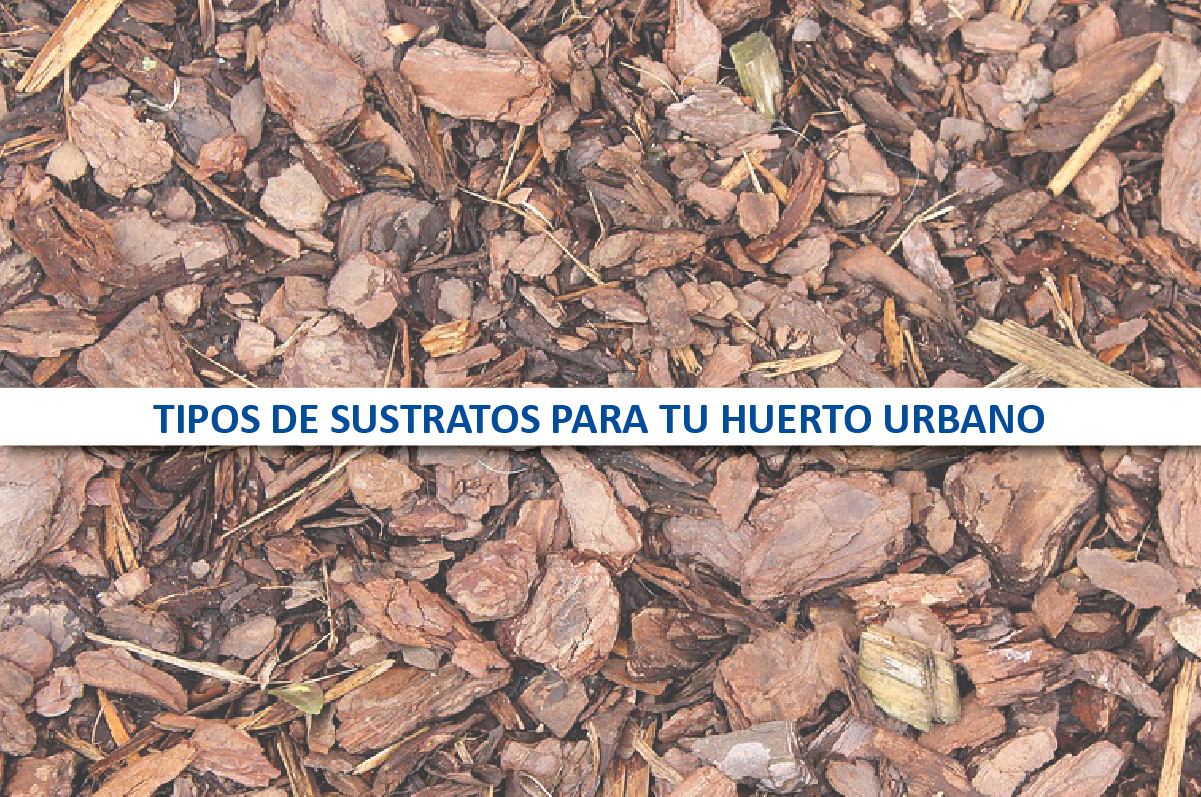If you have followed our blog or if you have read any other article, you will have been able to see how many factors must be taken into account to do a good job in your garden and its crops.
In this case we will talk about the types of substrates there are, their characteristics, advantages and disadvantages, etc. Many of us mistakenly think that any “sack of land” serves, and is not, it will depend on many of our results. In the substrate is where the crop will feed and consequently grow and reproduce. If we use one that has deficiencies this will be reflected in the development of the crop or plant.
To avoid this we must know closely the different types of substrates that we can find for our garden and choose the most suitable one.
What is the substrate?
The substrate is the “land”, which would correspond to the soil if we were growing in the open field. It is the base where plants will grow over their useful life. Depending on the quality of the substrate we use will have an impact in one way or another on our crops.
What is the ideal substrate like?
There are a number of characteristics that the substrate must meet to be as optimal as possible for our plants. The ideal substrate should be light, containing a large part of the nutrients for the plant and balanced in micronutrients and macronutrients.
Types of substrates:
Coconut fiber substrate with worm hummus
In this substrate is very important the addition of worm hummus, since it is the factor that provides nutrients. This substrate stands out for its lightness, its good aeration, contains a neutral Ph and also stores nutrients very effectively.
Universal substrate
This substrate is considered the most suitable for more different types of crops, that’s why its name. It is a mixture ready to sow or transplant. It contains: coconut fiber, blonde and black peat, composted plant material, organic matter and perlite, root activator and finally fertilizer.
This type of substrate is recommended for both outdoor and indoor crops.
It is so well seen thanks to its high degree of moisture retention, most of its composition is organic matter with which the plant will enjoy a lot of energy and nutrients. However, it is not highly recommended for balconies or terraces, as it is much heavier than the previous case.
The peat
This substrate comes from the decomposition of organic matter from swampy, peatland spaces, after many years. The result is a fluffy material, which together with a fertilizer becomes very suitable for crops.
Its use is very recurrent but its development is very slow and therefore its renewal as well. In addition, its extraction is not recommended for the state of health of planet Earth.
The Compost
This substrate is obtained by the composting process. The most recommended is the one made with organic garbage that we accumulate, above the industrial. By making this substrate we are contributing to the planet and we will provide many very useful nutrients to our crops.
Perlite substrate
This substrate is obtained from the vitreous rocks. They improve drainage and air circulation, but do not provide nutrients on their own. It is a bit toxic and it is not recommended to inhale the powder it gives off.
Mulch
This type of substrate is one of the least recommended, since it includes some toxic elements, also does not stand out for having many nutrients or being very fertilizer.
Vermiculite
This substrate stands out among the others for very efficiently retaining water and used in small proportions retains moisture very well. It does not contain too many nutrients, but it does bring a lot of iron and magnesium to crops.
As you progress in your garden you will experience and see which substrate best suits your needs or tastes.
From the Llaberia Group blog we encourage you to start your own urban garden if you haven’t dared yet. So take the first step and start by choosing the ideal substrate!
